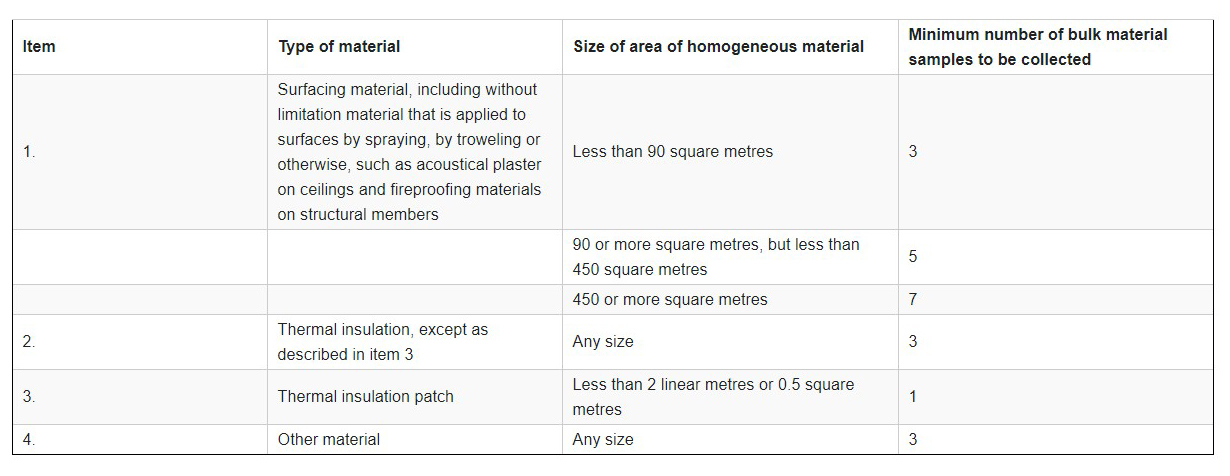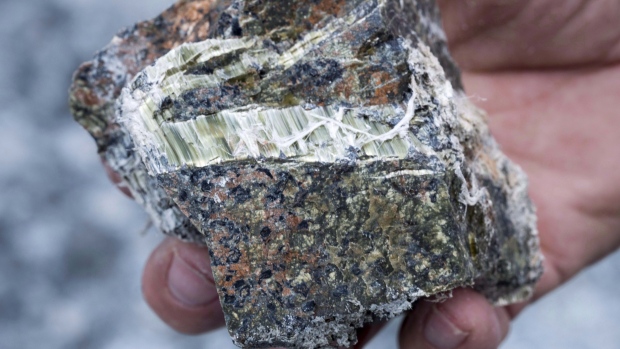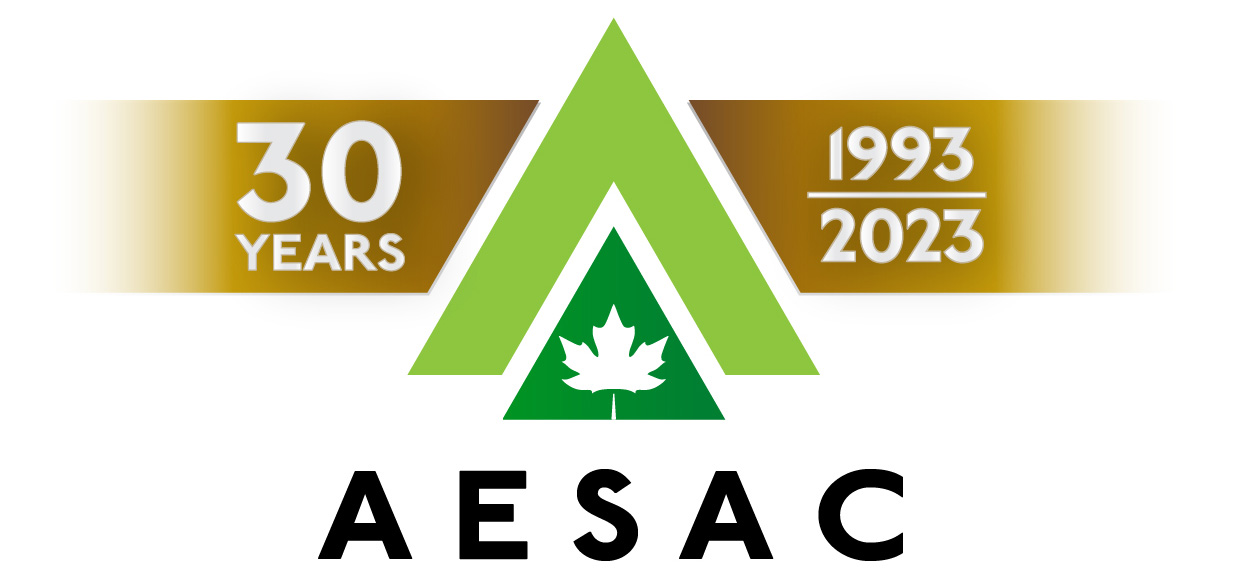- Home
- Training Courses
- Membership
- About Us
- Instructors Blog
- December 2023: All I Want For Christmas
- November 2023: ESA Report Reviews
- October 2023: Can AI Write an ESA Report?
- September 2023: Getting Paid... or Not
- August 2023: Take Me Back...
- July 2023: To Bid or Not To Bid
- June 2023: Selecting a Supplier
- April 2023: Phase 1 Problems, Part 3
- March 2023: Phase 1 Problems, Part 2
- February 2023: Phase 1 Problems, Part 1
- January 2023: Working Outside in Winter
- 2022 Blogs
- 2021 Blogs
- December 2021: Asbestos in your Home
- Sept 2021: Dirty Jars And Other Bad Things… Part 2
- August 2021: Dirty Jars And Other Bad Things… Part 1
- July 2021: How do you want that drawing to look? Part 2
- June 2021: How Did You Want That Drawing To Look? Part 1
- April 2021: So You Need a RSC... Part 2
- March 2021: So You Need a RSC... Part 1
- February 2021: What's In Your Toolbox? Part 2
- January 2021: What's In Your Toolbox? Part 1
- 2020 Blogs
- December 2020: A Day in the Life, Part 2
- November 2020: A Day in the Life, Part 1
- October 2020: Exploring Your Career Path
- September 2020: So You Want To Start Your Own Business - Part 2
- August 2020- So You Want to Start Your Own Business
- June 2020: Effective Communication
- May 2020: Tips For Working From Home
- April 2020: Conducting ESA’s During a Pandemic
- March 2020: It's Not Easy Being Green
- February 2020: Looking Ahead; Bold Predictions for the Next Decade
- January 2020: Looking Back; A Decade in Review
- 2019 Blogs
- 2018 Blogs
- 2017 Blogs
- 2016 Blogs
- 2015 Blogs
- Find an AESAC Member
Menu- Home
- Training Courses
- » Training Courses
- » Webinar Series
- » Calendar of Events
- » Course Registration
- » Course Instructors
- » Testimonials
- Membership
- » Become a Member
- » Certifications
- » Membership Search
- » Update Member Profile
- » Members Only
- » » Member Login
- » » Membership Renewal
- » » Create/Change Password
- » » CESA Certification Application
- About Us
- » About AESAC
- » Course Instructors
- » Contact Us
- Instructors Blog
- » December 2023: All I Want For Christmas
- » November 2023: ESA Report Reviews
- » October 2023: Can AI Write an ESA Report?
- » September 2023: Getting Paid... or Not
- » August 2023: Take Me Back...
- » July 2023: To Bid or Not To Bid
- » June 2023: Selecting a Supplier
- » April 2023: Phase 1 Problems, Part 3
- » March 2023: Phase 1 Problems, Part 2
- » February 2023: Phase 1 Problems, Part 1
- » January 2023: Working Outside in Winter
- » 2022 Blogs
- » » December 2022: Advice To My Younger Self
- » » October 2022: Pre-Purchase Due Diligence
- » » Sept 2022: Words Matter
- » » July 2022: Let Us Come To You
- » » April 2022: Due Diligence
- » » March 2022: Time Management
- » » February 2022: Spinning Augers... Part 2
- » » January 2022: Spinning Augers... Part 1
- » 2021 Blogs
- » » December 2021: Asbestos in your Home
- » » Sept 2021: Dirty Jars And Other Bad Things… Part 2
- » » August 2021: Dirty Jars And Other Bad Things… Part 1
- » » July 2021: How do you want that drawing to look? Part 2
- » » June 2021: How Did You Want That Drawing To Look? Part 1
- » » April 2021: So You Need a RSC... Part 2
- » » March 2021: So You Need a RSC... Part 1
- » » February 2021: What's In Your Toolbox? Part 2
- » » January 2021: What's In Your Toolbox? Part 1
- » 2020 Blogs
- » » December 2020: A Day in the Life, Part 2
- » » November 2020: A Day in the Life, Part 1
- » » October 2020: Exploring Your Career Path
- » » September 2020: So You Want To Start Your Own Business - Part 2
- » » August 2020- So You Want to Start Your Own Business
- » » June 2020: Effective Communication
- » » May 2020: Tips For Working From Home
- » » April 2020: Conducting ESA’s During a Pandemic
- » » March 2020: It's Not Easy Being Green
- » » February 2020: Looking Ahead; Bold Predictions for the Next Decade
- » » January 2020: Looking Back; A Decade in Review
- » 2019 Blogs
- » » November 2019
- » » September 2019
- » » August 2019
- » » July 2019
- » » May 2019
- » » March 2019
- » » February 2019
- » » January 2019
- » 2018 Blogs
- » » November 2018
- » » October 2018
- » » September 2018
- » » August 2018
- » » July 2018
- » » June 2018
- » » May 2018
- » » March 2018
- » » February 2018
- » » January 2018
- » 2017 Blogs
- » » April 2017
- » » June 2017
- » » August 2017
- » » September 2017
- » » December 2017
- » 2016 Blogs
- » » October 2016
- » » September 2016
- » » August 2016
- » » July 2016
- » » June 2016
- » » March 2016
- » » January 2016
- » » December 2016
- » » November 2016
- » 2015 Blogs
- » » April 2015
- » » July 2015
- » » September 2015
- » » October 2015
- » » December 2015
- Find an AESAC Member
If you are completing renovations, restorations, or repairs of your home and hiring a contractor to do it, make sure that they abide by all regulations when conducting the work. In Ontario, Regulation 278/05: Designated Substance – Asbestos on Construction Projects and in Buildings and Repair Operations, provides information relating to the number of samples that a project owner is required to obtain from a work area to ensure that asbestos containing materials (ACM) are not present. So, be mindful and request information from the contractor as to how they will be carrying out the project, and how they are ensuring that their and your safety is protected from asbestos exposure.
Asbestos is a naturally occurring fibrous material that was typically obtained through open pit mining. Asbestos gained popularity because of its heat resistant properties, as well as its chemical and biological protective qualities. ACM can be found on a variety of finishes within your home, from attic insulation (vermiculite) to vinyl flooring, plaster, adhesives, caulking, mortar, joint compounds and more. Contractors need to be aware of all the potential locations where ACM may be found and test those materials before a project begins. This ensures that the safety of those working and those within the work area (and the building) is protected. Some ACM require more attention than others when handling. Friable (being able to be crushed under hand pressure) materials can result in expensive additions to your renovation/restoration/repair project, as Type 3 Abatement protocols can be rather costly. A friable material may be plaster, textured coats, or vermiculite insulation. Non-friable materials (not being able to be crushed under hand pressure) typically fall under a Type 2 or 1 Abatement. Examples of non-friable ACM include vinyl floor tiles, caulking, adhesives, and joint compound presence.
The main concern with asbestos is that its fibers are invisible to the naked eye (about 5 micrometres in length) and when inhaled, these fibers do not exit the body and can result in the development of asbestosis, mesothelioma, or lung cancer. It is no surprise that construction workers are at the highest risk of contracting these asbestos-related diseases.
Table 1 of Ontario Regulation 278/05

Table 1 of Ontario Regulation 278/05 outlines the minimum number of samples required from homogeneous materials in the work area (see below). A minimum of three (3) distinct samples from different locations need to be obtained per material. So, in a home where work will be completed and the work area possesses a texture-coated ceiling finish (typically decorative), gypsum drywalls (where joint compound may be found), and vinyl flooring (9 by 9-inch tiles, for example), a minimum of three (3) samples need to be obtained from each finish, amounting to a minimum of nine (9) bulk material samples. This can add costs to your project, but there is really no replacement for the safety that this sampling provides.
So, next time you are completing a renovation/restoration/repair project, talk to your contractor of choice and make sure that they understand their responsibilities when conducting the work. This will ensure that yours and their safety is protected during and after completion of your project!
By:
Oliver Gonzalez P.Eng. CESAMr. Oliver U. Gonzalez is the President of OGEE Solutions Inc., an environmental engineering and services firm. Mr. Gonzalez is a Professional Engineer (P.Eng.) licensed in the Province of Ontario and holds the accreditation of Qualified Person (QP), as per Ontario Regulation 153/04. Mr. Gonzalez specializes in the areas of Civil and Environmental Engineering and is also instructed in the designations of Certified Mold Inspector (CMI) and Certified Mold Remediator (CMR). Mr. Gonzalez has completed additional training in conducting Phase I and II ESAs through the Associated Environmental Site Assessors of Canada Inc. (AESAC) association and is a Certified Environmental Site Assessor (CESA) – Phase I, under AESAC’s National Certification Programme. Mr. Gonzalez possesses over 16 years of forensic engineering experience and has been involved in hundreds of projects ranging from environmental site assessments, mould and hazardous substances assessments, land contaminant assessments and remediation, as well as litigation support and peer reviews. More information can be found at www.ogeesolutions.com
Training Courses
Membership
About Us
Contact UsCopyright (c) 2024 Associated Environmental Site Assessors of Canada; AESAC Inc.



